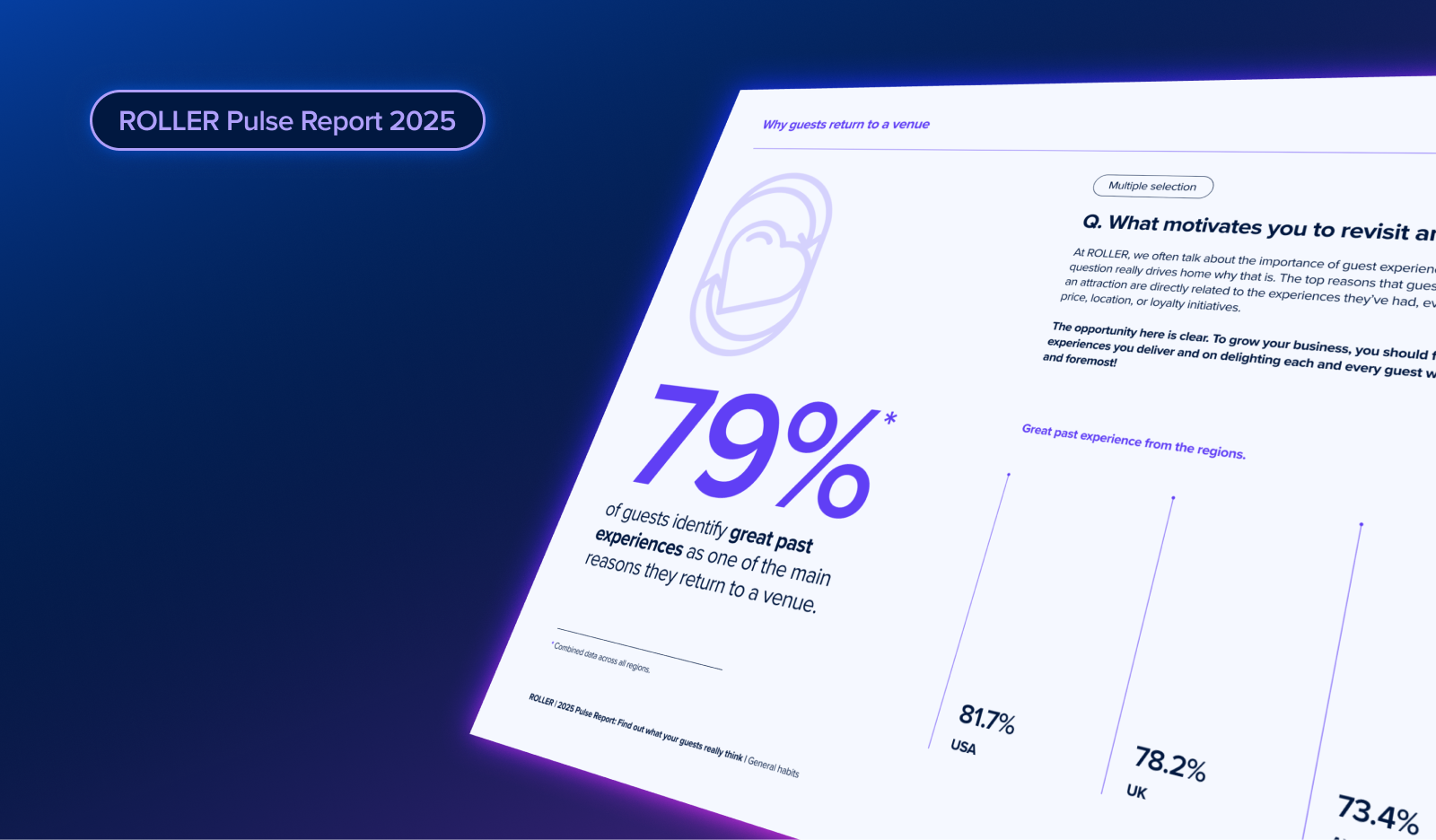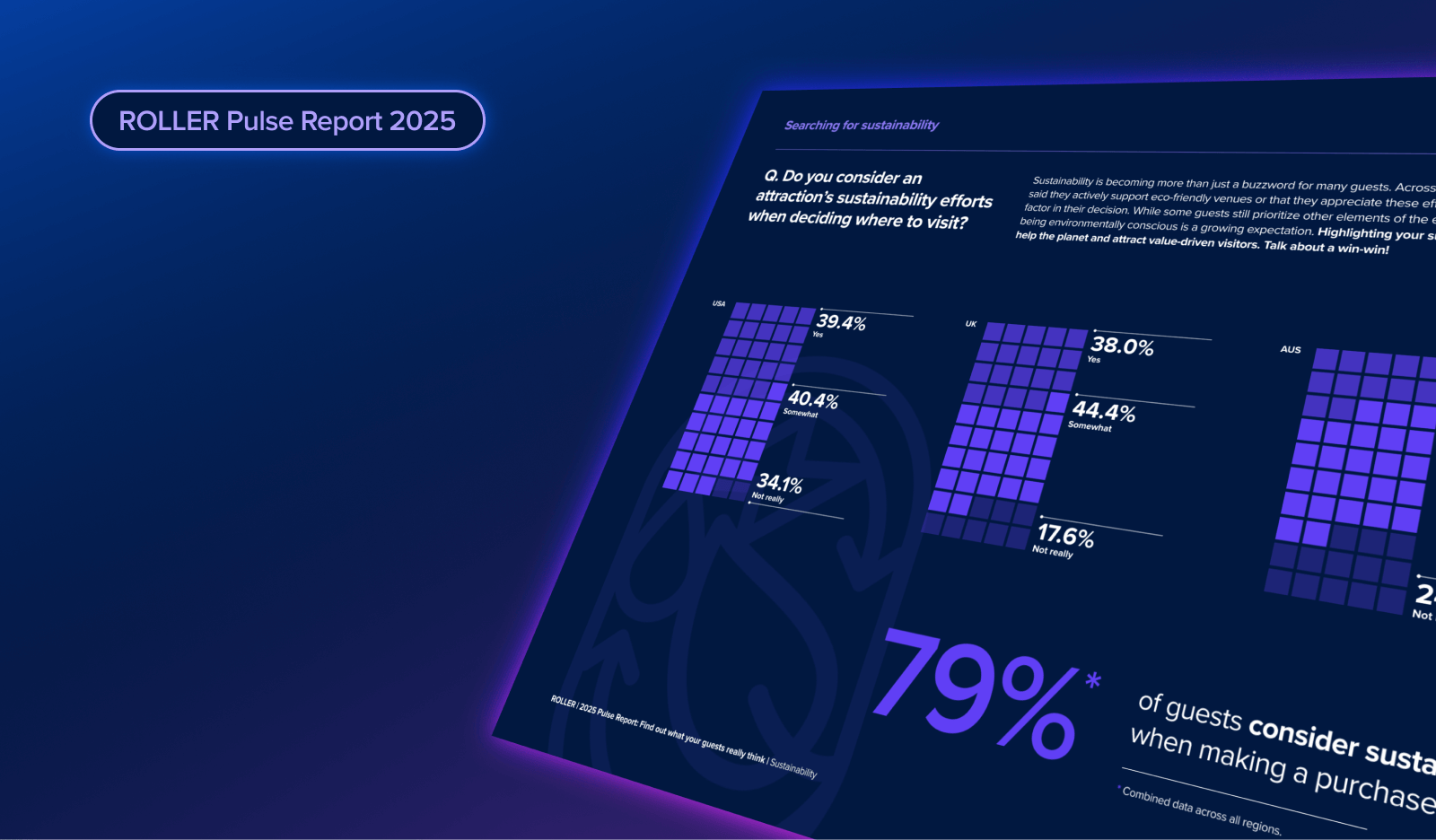Turn That Frown Upside Down: the 4-Step Process to Complaint Resolution

Recovering from a service failure sometimes feels like climbing a steep mountain without any gear. You have an angry guest who expected to have a much better experience, possibly demanding some sort of compensation (oftentimes a refund) and you are expected to fix the problem in just a few minutes. There’s a strong chance something will go wrong at some point during the conversation.
On the flipside, when you have a process for these circumstances, complaint resolution no longer becomes a burden, when in fact it should be part of the standard procedure that your employees become experts at. Fortunately, it’s a code that can be cracked and streamlined into your operation.
By using the LAST model below, you and your team can resolve a wide variety of service failures and put guests back on track toward a superior experience.
Step 1: Listen
It may sound obvious, but the first step to a successful resolution is by thoroughly listening to what your guest has to say. The main components of listening include validating the guest’s concerns, letting the guest be right, and expressing appreciation for the feedback. This is most effective, regardless if you agree with the guest or not, and does not even matter if the guest is correct about the issue that they’re complaining about.
Validating your guests’ concerns shows that you are allowing them to be upset in the moment. Phrases like, “I understand that you are frustrated,” or, “I would be frustrated too if this happened to me” lets the guest know that they aren't dismissing their complaint. Further, when you let the guest be right, even if they’re wrong, it takes into consideration that the guest had an experience that was less than they expected, not necessarily what you expected their experience to be. This can be incredibly difficult, especially if you are passionate about what you do and take pride in your facility, because our brains are wired to go on the defence – and tell the guest why they are incorrect, setting them straight. However, this doesn’t pave the way for a successful resolution, it only exacerbates their anger, which is destructive to service recovery.
The last part of listening is expressing appreciation for the feedback. Research has indicated that the majority of customers (more than 96%) in any industry do not complain when they have a poor experience – instead, they just don’t come back. When you thank your guests for complaining, you tear down the wall that exists between you and the guest and you start to build a bridge instead, by stressing that you can only fix the issues that you know about, and guest complaints are one of the best ways to find out.
Step 2: Apologize
Extending an apology is more complex than merely saying, “I’m sorry.” It’s a tactical move within your service recovery process that can make or break the tone that you emit. While you want to express regret for what occurred, you also want to ensure that you apologize for the effect of the issue, not necessarily the cause. Sometimes service failures are out of your control. Do you require that guests sign a waiver before participating? Don’t apologize for that. If the waiver is a cause for a complaint, the effect might be something along the lines of not feeling comfortable with the procedure, taking longer than expected at the counter, or perhaps they were unaware of the procedures before arriving. An apology that states, “I am sorry that our procedure makes you uncomfortable” is much more impactful than, “I’m sorry that you have sign a waiver before entering.”
When structuring your apology, there is one word that will ruin even the best intentions, and you might not even realize it as it might come out naturally. That word is unfortunately, and should be eliminated entirely from your vocabulary and from your employees’. When you use unfortunately as part of an apology, it disconnects you from the organization, suggesting that you would fix something if you could, but you can’t… so you aren’t going to. It also sounds like you are apologizing for a policy, which will never be appreciated.
Step 3: Solve
In the words of the great poet Vanilla Ice, “If there was a problem, yo I’ll solve it.”
This is your chance to truly be the hero. But first, recognize that this is step three of a four-step process. Many people try to jump right into resolution mode, without appropriately listening and apologizing as part of the dance. While the resolution they come up with might be the correct answer, it doesn’t land the same way without the finesse and the hospitality component of the interaction. Remember, this is a human-to-human conversation, and even as your recovery skills get better over time, it always needs to start over with step 1. If you attempt to turn this into a transactional function, you will be treating service recovery like it’s a vending machine. You can’t dispense a resolution when someone inputs their complaint; it takes the entire flow to work correctly.
Once you get to the Solve step, consider these three guidelines: always give them something, the recovery should fit the failure directly, and when you can, require the guest to return in the future. When you always give them something, it doesn’t mean cash out of the register. In fact, in our industry, we have so much to give that has immense value to the guest with minimal – or zero, cost to the organization. Expedited entry to an attraction, extending a pass or ticket, reduced or even free admission are included in your toolbelt for what you can give away with no expense. It can even be information, or just a few extra minutes of your time.
That leads to the next point, which is that the recovery should fit the failure directly. Your figurative box of compensation should reflect every type of service failure your guests encounter, so you are ready to compensate for just about any complaint. If the complaint is about time, make up for the time lost. If an error occurred in food service, fix it by replacing the meal. You don’t always have to think outside the box, you just have to make it right.
And finally, the best solutions require a guest to return in the future by going into effect on their next visit. Even if you are rectifying an error that occurred during their visit, what can you do to entice them to return? A discount on admission, a comped meal, or VIP access gets them thinking about coming back, which is going to require them to spend money with you again.
Step 4: Thank
Thanking the guest at the end of a recovery process is like the follow through of a tennis or golf swing. You’ve technically completed the action, but you need to keep going. For the same reason that you don’t start the process at step 3, you must continue the hospitable nature of the service into the final step.
You already thanked your guest at the beginning of the interaction when you expressed appreciation for the feedback; now you are thanking them again for giving you the opportunity to make it right. Thank them for working with you, thank them for coming to a resolution together, and when needed, thank them in advance for their future business. That leaves them walking away glad that they visited, glad they complained, and excited to come back again next time.
By following this 4-step process, you and your team can effectively resolve any form or service failure, from minor issues to extreme scenarios. The way that you navigate the LAST might look different based on the type of complaint and nature of the interaction, but structure remains the same: Listen, Apologize, Solve, and Thank.
Final note: this process is most effective when speaking to guests directly, whether in person, over the phone, or occasionally during an email exchange. Additional practices must be implemented when responding to complaints on social media, or when responding to negative reviews.
Related articles

.png)
What the 2025 Pulse Report Reveals About Guest Booking Behavior at Attractions

2025 Pulse Report: How Sustainability Is Shaping Guest Expectations
Enhance your guest experience
Get free education, tips and inspiration to help you run a successful venue.